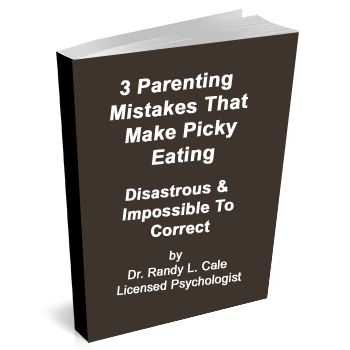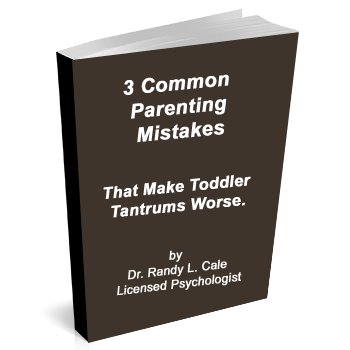If there is a universal ‘button pusher’ for parents, it happens when you ask your son or daughter to do something simple, and they say, ‘No. I won’t do it.’ The blood begins to boil, the intensity rises inside and now a power struggle begins to emerge. Many of you who have been there known the remarkable frustration this can bring. These moments can often evolve into an ugly exchange between parents and children, as parents escalate their efforts to force their children to comply. The more stubborn the child, the uglier the exchange becomes.
I witnessed a great example recently, while in line checking out at a local department store. Mom has her hands full, as her roughly 7-year old daughter left her side to grab something off the nearby rack. We’ll call her Hannah. Mom says, “Put that back. I didn’t tell you that you could buy that.” Hannah resolutely says ‘No…I won’t do it.’
You can feel Mom’s frustration rising, as the intensity in her voice increases. With clenched teeth, she firmly says, ‘You WILL put that back, and do it NOW!’ Hannah doesn’t flinch, and turns away from her mom, standing in line to check out with her new item.
Of course, Mom is now furious. Her face turns red. She starts yelling at her daughter and demanding that she put it away, threatening of course to punish her for life if she doesn’t return the item. “You WILL NOT DEFY me, young lady. Put that away right now. Or you will never see your IPad again…ever!” Hannah turns to mom, unphased (likely because this has happened many times before), and again says, ‘NO.’
Much of the store is awaiting the outcome of this battle of wills. The drama was remarkably intense, and perhaps a bit humorous ONLY if you aren’t living it. Before completing this story, let’s discuss some better strategies.
How to Avoid Losing in a Power Struggle
Here are my top tips for avoiding such struggles.
- Never try to teach during ‘crunch time.’ Teach in the daily moments.
A team cannot be prepared to play a game unless there has been a practice. For this mom, I have no doubt that this scene is only the tip of the iceberg. It is clear from the exchange between mother and daughter that this was not an unusual situation. They have been down this road before, and Mom needs a better game plan, but you can’t test this in the store if you haven’t practiced at home. (Well, you can, it just won’t work.) If possible, you don’t want to end up in public and find your story in Dr. Cale’s Sunday article. That would be a bummer.
Instead, there is a solution to dealing with an oppositional “NO” from your child, but you need to use your parenting wisdom during daily moments of resistance—and not worry about public moments so much. These public situations will be fine, if you handle the small daily struggles with ease. And even if it were to occur, you have mastered the right tools from your teaching moments at home.
- Give up controlling language. It makes us look foolish.
Notice how this Mom began the exchange. Her first communication with Mom was, “Put that back!” She is speaking to Hannah as if she were completely under her control. Hannah obviously is not.
We must accept this reality: we don’t have control of our kids. We can influence them. We can teach them. We can reinforce and support and nurture them. But we don’t control them. Hannah is proving this to her mom! (And a child easily ‘controlled’ by a parent will be easily controlled by someone else someday and we don’t want that!)
When we communicate by using controlling and demanding language, we will often get an oppositional response—especially from temperaments that are more oppositional in nature.
Most adults don’t like to be told what to do. Do you like when someone demands something of you? Do you like to be ordered around? Probably not. The same is true for children.
There are times when the biggest changes are made just by a simple shift in how we speak to our children. While this works in some situations, it is not the answer all the time. It is the essential, respectful first step. Other changes must also take place. The next step is to…
- Learn to ask or inform…not command.
When we give up commanding, we still need to communicate. Sometimes simply asking is the easy thing to do. At other times, we need to inform the kids that some action is now required. The simple request above, in a gentler tone, might have been, ‘Hannah, please return that to the rack over there.’ Asking respectfully, but firmly, is critical. We don’t know what would have happened here, with a simple, but firm, request…rather than a demand.
These are the foundational steps, to solving the ‘NO…I won’t do it.’ But more is needed, and we will cover that next week. For now, realize the power of practicing with language that does not control, and understand that if you battle at home…you will battle in public.
The answer to more leverage and power comes in the next article. (As well as the end of the drama above!)















